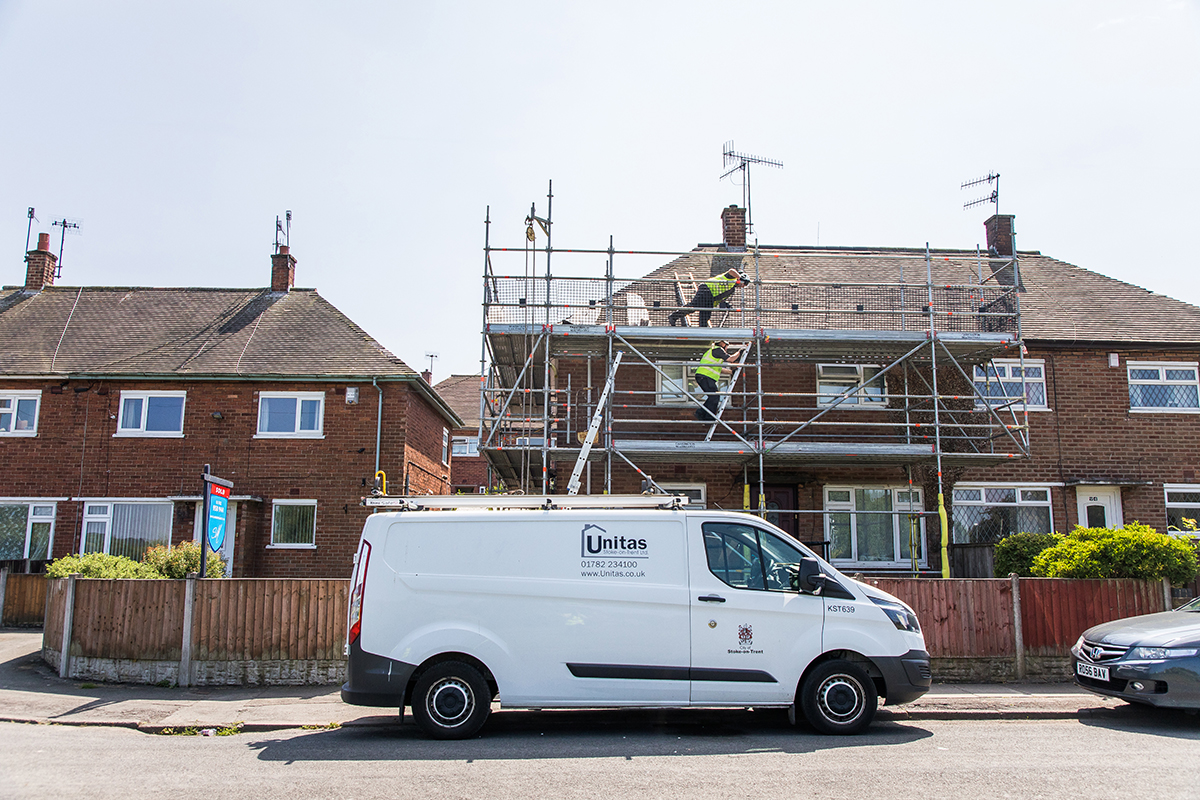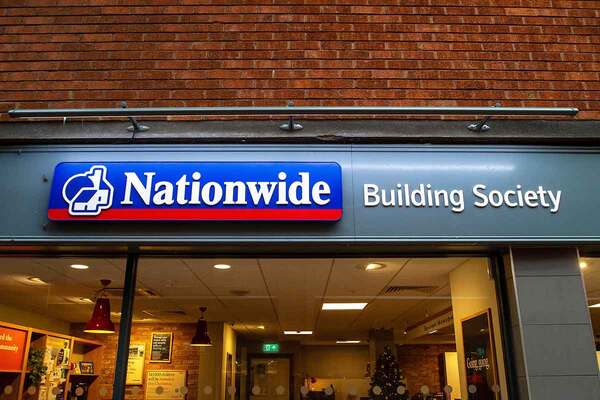You are viewing 1 of your 1 free articles
Social landlords need to manage the Right to Manage
A group of Stonewater residents have taken up the right to manage their retirement scheme. The association’s chief executive Nicholas Harris explains what the sector needs to consider
Last week, the decision by a group of Stonewater residents, aged between 81 and 90, to take up the ‘right to manage’ their retirement scheme in Gloucestershire, made national headlines.
The populist media do love a good ‘people power’ story, but there are some broader aspects to Right to Manage (RTM) which, although less sensationalist, are prudent for us as a sector to consider.
Since RTM legislation was introduced in 2002, Stonewater – along with many other housing associations – have supported a relatively small number of residents in taking on this responsibility.
The RTM option was introduced through the Commonhold and Leasehold Reform Act and it gives leaseholders the statutory right to take over the management of their property from the landlord by setting up an RTM company.
“One of the most commonly cited benefits of RTM that we often hear is the ability to appoint smaller and more local service providers.”
Leaseholders don’t have to get the landlord’s permission to form this type of company, nor do they need to prove any mismanagement, or obtain any court order. It’s simply about choice.
The vast majority of housing association residents are happy for the landlord to provide services, either through a direct labour organisation or procured contractor arrangements.
However, one of the most commonly cited benefits of RTM that we often hear is the ability to appoint smaller and more local service providers.
This is undoubtedly a major advantage of self-management but, for landlords, it is not always possible to operate in this way across a bigger scale and wider geography.
At Stonewater, for example, we have more than 65,000 customers and managing hundreds, if not thousands, of individual contracts with local suppliers is not sustainable for us as a national organisation.
Housing associations, as not-for-profit businesses, have a duty to provide services which are cost-efficient, affordable and sustainable across the board.
That doesn’t mean we shouldn’t respond to customer preferences, however, and we need to seek new ways of tendering and managing services that give more opportunity to local businesses where it is practically and financially viable.
This recognises the role housing associations play in the wider communities our residents are part of, and will be particularly interesting post-Brexit.
Meanwhile, the longer-term sustainability of RTM has, to a large degree, yet to be tested. Particularly in retirement schemes – what happens if the RTM directors no longer wish to, or become unable to, continue with the responsibility in a few years’ time? Or where the landlord still retains the freehold, and there is a failure, for example, around building maintenance, compliance or liability management? How might that sit in terms of legalities and/or ultimate responsibility?
“The longer-term sustainability of RTM has, to a large degree, yet to be tested.”
Such things are not always clear until the issues are raised and, because of the relatively small number of RTM arrangements currently operating, they remain grey areas, even for supportive landlords.
Conversely, not all landlords are accommodating of RTM and there are examples of obstructive practice which makes things difficult for residents.
In response to this, in July this year, James Brokenshire, secretary of state for housing, tasked the Law Commission to undertake a broad review of the RTM and to propose reform recommendations.
Stonewater met with the Law Commission to discuss the proposals last month, and the public consultation opens tomorrow (18 December). Like many housing associations, we will be submitting a carefully considered response.
The RTM isn’t for everyone, but we should, as a sector, be willing to embrace not only choice, but the change needed to ensure it works well for all – customers and landlords alike.
Nicholas Harris, chief executive, Stonewater
What is the Right to Manage?
The Right to Manage (RTM) allows some leasehold property owners to take over management of the building – even without the agreement of the landlord.
Qualifying leaseholders can use the Right to Manage for any reason – they don’t have to prove the building has been badly managed.
To qualify for the Right to Manage:
- The building must be made up of flats (houses don’t qualify)
- At least two-thirds of the flats in the building must be leasehold – with leases that were for more than 21 years when they were granted
- At least 75% of the building must be residential – for example, if there’s a shop in the building, it can’t take up more than 25% of the total floor area
- You must live somewhere else if there are less than four flats in the block - unless the block was purpose-built as flats, rather than converted from another type of building
- Any number of owners can set up an RTM company – but at least half of the flats in the building must be members of the company before it can actually take over management
To use the right, leaseholders must set up an RTM company and follow certain procedures. The RTM company can manage the building directly, or pay a managing agent to do it.
The above information is taken from a government guide for landlords on the Right to Manage.












